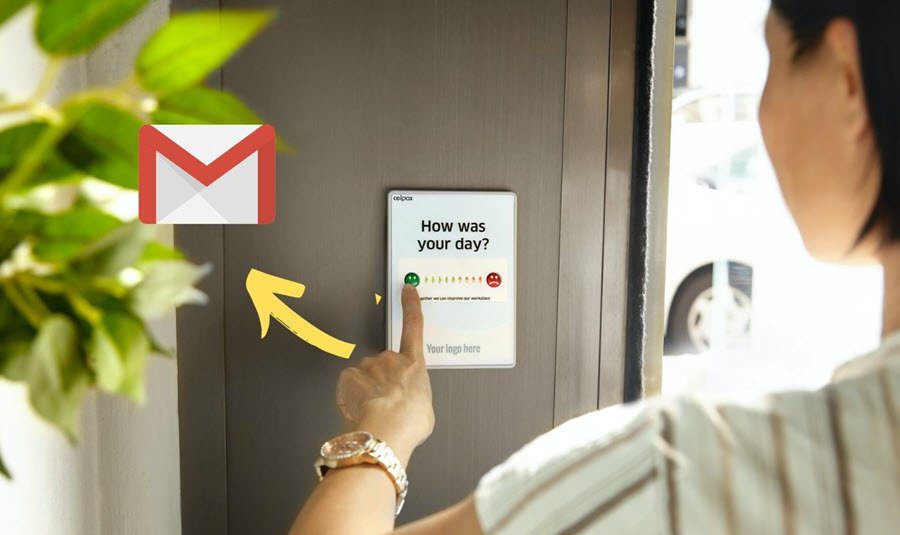One such handy feature in the software allows you to batch convert photos to a different file format with the help of Photoshop. You can use this feature to convert your RAW image files to JPEG, PSD or TIFF and even use it to run Photoshop actions on all your files. Read on to find out how you can batch convert photos with Adobe Bridge, along with a quick overview of how you can use the software to batch process images before converting them.
How to Batch Process Photos with Adobe Bridge
Before we start converting photos to a different file format, let’s take a look at how you can process a bunch of images at the same time with Adobe Bridge. Make sure you’ve got Photoshop installed on your system and then follow these simple steps to process multiple photos with Bridge: Step 1: Launch Bridge and then select Open from the file menu to select the folder containing all the images you want to process together. Step 2: Now right click on the first photo and then select the Open in Camera Raw option. That will open the selected photo in Photoshop’s Camera Raw filter where you can make the desired changes. Step 3: Once you’re satisfied with the edit, click on Done in the bottom right corner of the Camera Raw window. Step 4: Now to apply the same edit to the next image, just right click on the image, scroll down to the Develop Settings option and then select Previous Conversion. That will automatically apply your previous edits to the selected image. To do that for all the pictures in the folder, just select all of them while holding Ctrl key, right-click on any one, and then select the Previous Conversion option.
How to Batch Convert Photos with Adobe Bridge
Now that you know how to batch process files with Bridge, let’s move on to converting these files to a different format. Just follow these simple steps to batch convert photos with Adobe Bridge: Step 1: Launch Bridge and then select Open from the file menu to select the folder containing all the images you want to convert together. Step 2: Select all the images, then click on the Tools option in the top toolbar, scroll to the Photoshop option, and then click on Image Processor. Step 3: In the Image Processor, select the location you wish to save the images by clicking on the circle next to the greyed out Select Folder option. Alternatively, you can skip this step if you want to save your images in the same folder. Step 4: Then choose the format you want to convert your images into by checking the box next to the Save as JPEG, Save as PSD or Save as TIFF option. Here, you’ll also be able to make changes to the quality of the resulting images, resize the images and even convert them to the sRGB profile. Step 5: If you wish to run any Photoshop Action on the images, check the box next to the Run Action option. Step 6: Now select an Action from the drop-down menu. Step 7: Once you’ve made all of these changes, just click on the Run button in the top right corner and the program will automatically apply all of the changes to the selected images. Additionally, if you want to see what all the changes will look like, you can also check the box next to the Open first image to apply settings option in the Image Processor. That will open the first image in the folder and show you how it’ll look after the changes have been applied. That helps in making absolutely sure of what you’re doing. The converted images will then be saved in the destination folder of your choice. The process takes a bit of time, so don’t worry if all the images don’t appear instantly. And if you add too many changes, then the program will take even longer to process and convert all the images.
Easily Convert All Your Photos with Adobe Bridge
Now that you know how to process and convert multiple photos with Adobe Bridge, I’m sure you’re going to have a much easier time processing large batches of images. Once again, just keep in mind that batch processing won’t always result in the best looking images. So if you aspire to achieve perfect results for each image, it’s best to edit them individually. Next up: Now if you feel that batch conversion with Adobe Bridge is a bit complicated, check out the next article to see how you can simplify the process even further with IrfanView. The above article may contain affiliate links which help support Guiding Tech. However, it does not affect our editorial integrity. The content remains unbiased and authentic.




















